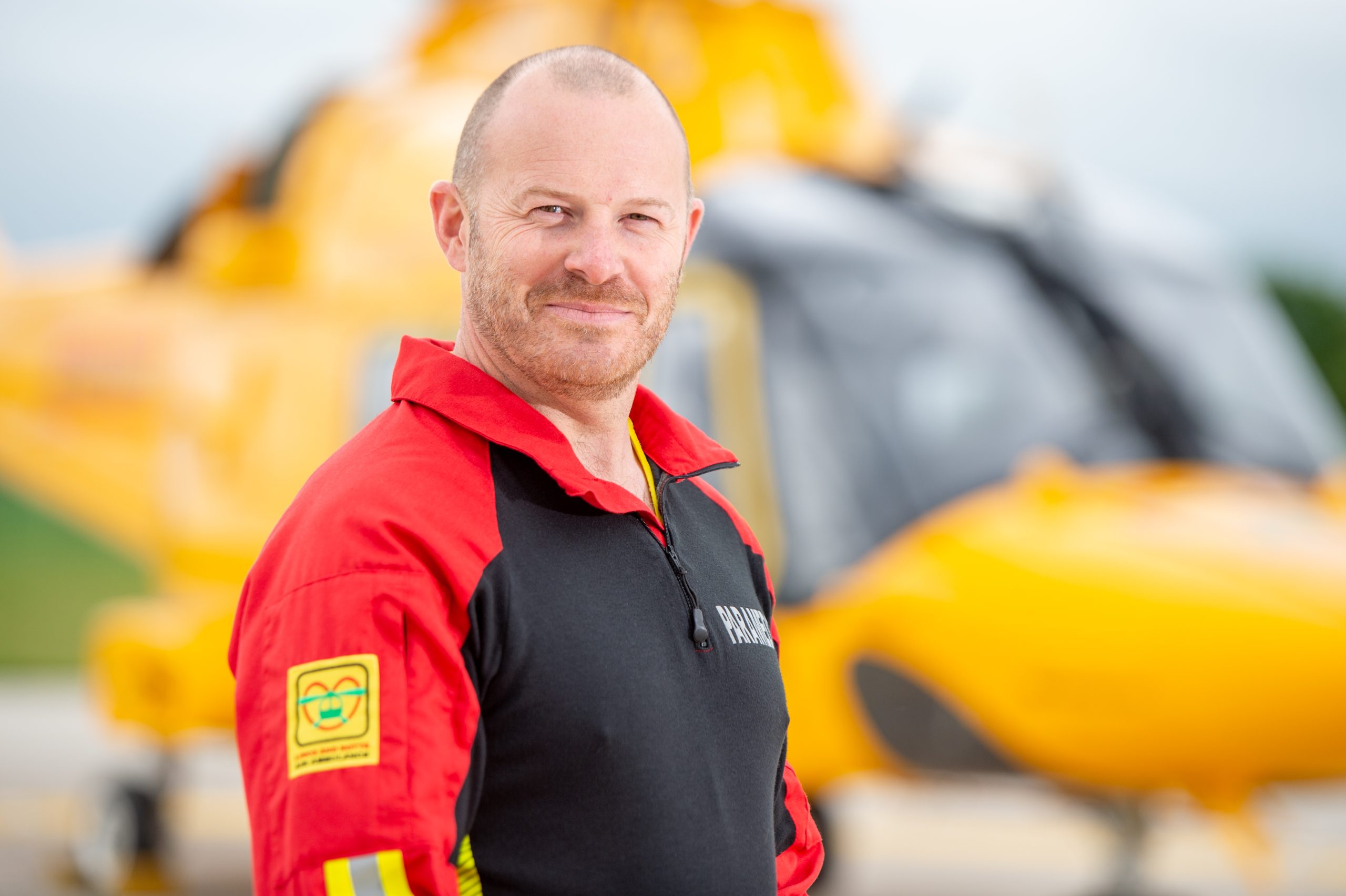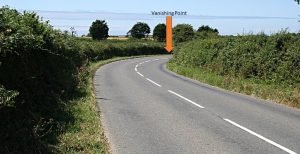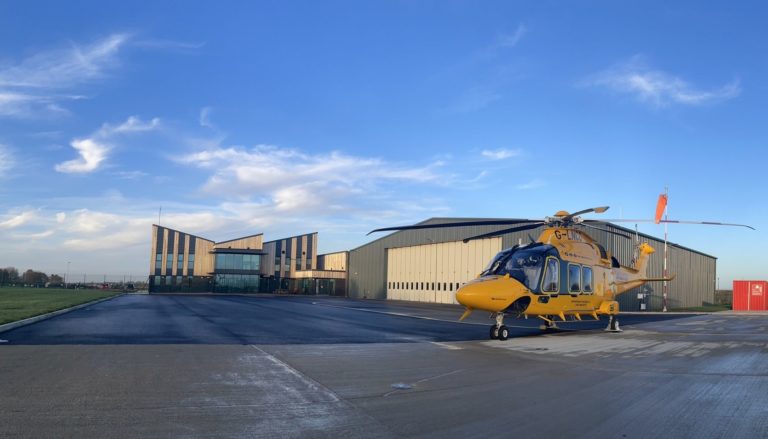A paramedic’s blog – the enjoyment of riding a motorbike

A paramedic’s blog – the enjoyment of riding a motorbike
The Body
Not many pieces of medical equipment instil fear to the degree of the triangular bandage. Three corners, three sides, which way does it go? When it comes out of the box, the first-aider is by far the person for the job.
With five minutes of practice this versatile, easy to find, simple yet effective bandage can be used to provide support and splintage for the injured limb. The triangular bandage, first used in 1831 has been the cornerstone of first aid, the Swiss Army knife of bandages, traditionally utilised as a sling for injured arms or legs the humble triangular bandage has so much more to give. Other applications include covering a head injury, an eye injury, a shoulder injury, stopping bleeding and even as a torniquet!
But there’s more; non-clinical uses include water filtration, a face mask or torn into strips to secure items. The triangular bandage weighs mear grams, takes up less room than your phone yet yields enormous potential, go and get one, then learn how to use it. But what to do if you come across an injury on your way to purchasing your bandage?
If the arm is injured then lifting the bottom of a shirt up and over is a temporary solution, a scarf or head covering also can be fashioned into a sling. Immobilising an arm in a sling will help prevent movement which will reduce pain and allow access to the fingers to assess circulation. Apart from first aid treatment, you will also be providing reassurance and confidence as a care giver which can be just as powerful and is not to be underestimated.
The bikes
The term “reading the road” gets thrown about in conversation but what does it actually mean? It means knowing what to look for, seeing it, then interpreting the information to make your ride safe and smooth. Until this concept made sense to me, I was essentially hoping for the best as you don’t know what you don’t know, however, all of the information for safe and smooth riding is in front of you. The light bulb moment for me was the vanishing point, the furthest point on the road that you can see (see the photo). The closer it gets the slower you go, as it moves away the more you can twist the throttle.
Tony Atkin / A Bend in the Road / CC BY-SA 2.0
Other examples are road signs (often a junction on the right) giving you the information of what to expect, these are often ignored or not seen due to distraction. Street lights can indicate a change of speed ahead, wipers of oncoming cars indicate potential wet surfaces, sun behind you means oncoming traffic have limited visibility, mud on the roads makes me think “where is the tractor”… Reading the road will increase your awareness, allow more time to make decisions and improve your confidence. Instead of getting away with it, you will already know about it. See what you can see on your next ride.
Stay safe and have fun
Mick.



